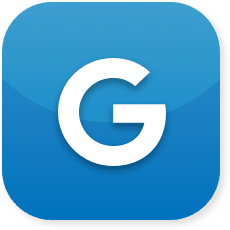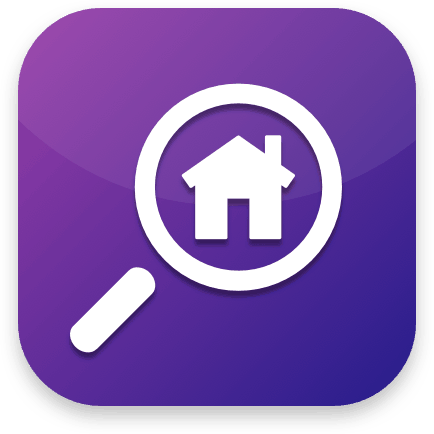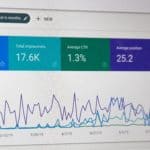Google’s Answer To The Mobile Movement
Long before Lead Horse arrived on the Atlanta pay per click scene, other agencies had been anticipating the ‘Year of Mobile’. For the past decade, everyone has been talking about the power of mobile and how and when it will change the world of advertising. In fact, six years ago during an interview, the President of 360i asked me when I thought the year of mobile would finally be upon us. It was not intended to be a trick question, but rather his way of gauging my response to a question that was almost impossible to answer indefinitely.
Before I launch into a long diatribe about the potential benefits, challenges, and nuances surrounding the ‘Enhanced Campaigns’ rollout Google announced this week, it’s important to first take a step back and understand the evolution of the mobile landscape.In my opinion, the “year of mobile” finally arrived in 2012 when the massive growth in Smartphone and tablet adoption forced advertisers to take notice and revise their marketing strategies accordingly.
When this shift finally did occur, sophisticated search marketers with ample budgets began building out separate campaigns for desktop, mobile, and tablet devices. With Google’s device targeting options available at the campaign level, creating these silos allowed advertisers to uncover granular performance insights and speak directly to the end user. For example, if an advertiser’s mobile campaign only targeted iPhone users, specific keyword lists, bids, and ads could be tailored appropriately. For marketers that devoted the painstaking time necessary to create the separate mobile, tablet, and desktop account structure, they were typically rewarded with lower mobile CPCs.
However, for smaller advertisers with restricted budgets, this former approach simply was not feasible. Not only was the management effort too significant, but the creation of additional campaigns would have strained an already limited budget. That’s why Google’s unveiling of ‘Enhanced Campaigns’ will be sweet music to the ears of most small and medium-sized advertisers that were previously unable to take full advantage of the growing mobile landscape. On the other hand, big brands that had grown accustomed to capitalizing on performance differences between mobile, tablet, and desktop devices will struggle to adapt in the short-term.
The ability to target campaigns to only mobile or tablet and the various devices they represent is now going away. This is a significant loss of control for some advertisers. However, Google feels it’s increasingly important for marketers to focus on reaching the right audience in the right context, rather than just targeting a specific device. People frequently switch between devices throughout the day; the couch surfer watching TV while using his tablet or the retail shopper checking prices from her Smartphone in the store. This multi-device behavior combined with the fact that roughly 25% of all searches conducted today are derived from mobile and tablet devices ultimately led Google to develop a streamlined advertising approach they aptly named ‘Enhanced Campaigns’.
The Benefits
Seamless Account Structure – utilize the same campaign for mobile, tablet, and desktop devices. Also, gives SMBs an effective method for capitalizing on mobile demand and delivering an ideal consumer experience.
Proximity Bidding – ability to increase bids based on a user’s proximity to your business location.
Ad Group Level Site Links – formerly, all ad groups within a campaign had to employ the same sitelinks. This feature now allows for sitelinks to be tailored to the individual ad group theme instead.
Individual Reporting by Sitelink – granular performance insights now available for each sitelink.
Mobile optimized ads and bidding – ability to check a mobile device preference box and set bids for mobile ads as a percentage of your default bids. These can range from -100% to +300% of default bids.
Improved Conversion Tracking – ability to track new conversion types, such as calls, digital downloads, and conversions across devices. Free call tracking will also now be included.
The Disadvantages
Loss of Control – tablet and desktop will be merged and the ability to target by specific devices will be gone. Loss of bidding at the keyword level for mobile versus desktop/tablet will also become a reality.
Potential Increase in CPCs – mobile CPCs tend to be much lower compared to desktop and Google wants to close that gap for obvious monetary reasons.
3rd Party Tools – as with any major change, many of these tools and management platforms will rush to play catch-up with the Google AdWords update.
In conclusion, this is a major change for the Google AdWords platform and its advertisers. There have been mixed reviews circulating the past few days with valid points of view on both sides of the coin. No matter where you stand, all marketers will have to adapt to ‘Enhanced Campaigns’ by June of this year at the latest, with some accounts having the option of migrating over this month. I think it’s a leap in the right direction and evens the mobile playing field for small and larger advertisers alike. As with any significant departure from the present way of doing things, there will be short-term obstacles and adjustments, but it’s an overall win-win.
Lead Horse remains on the forefront of emerging digital marketing trends and is passionate about providing thought leadership to the Atlanta pay per click industry.
Recent Posts
You’ve heard it here, you’ve heard it there, you’ve heard it from any SEO agency:…
Every month, our SEO team looks back on the previous months to determine wins, losses,…















